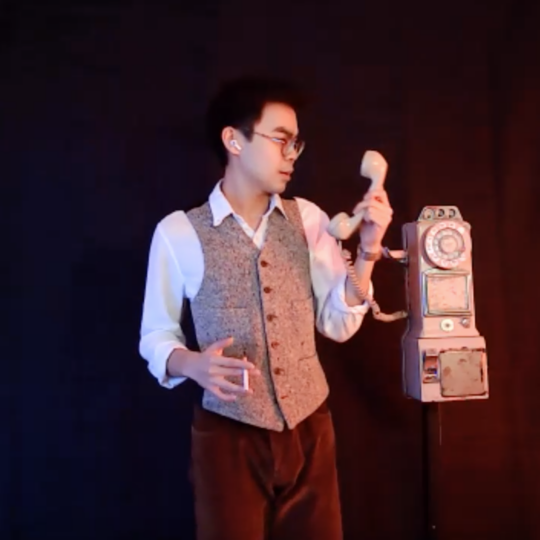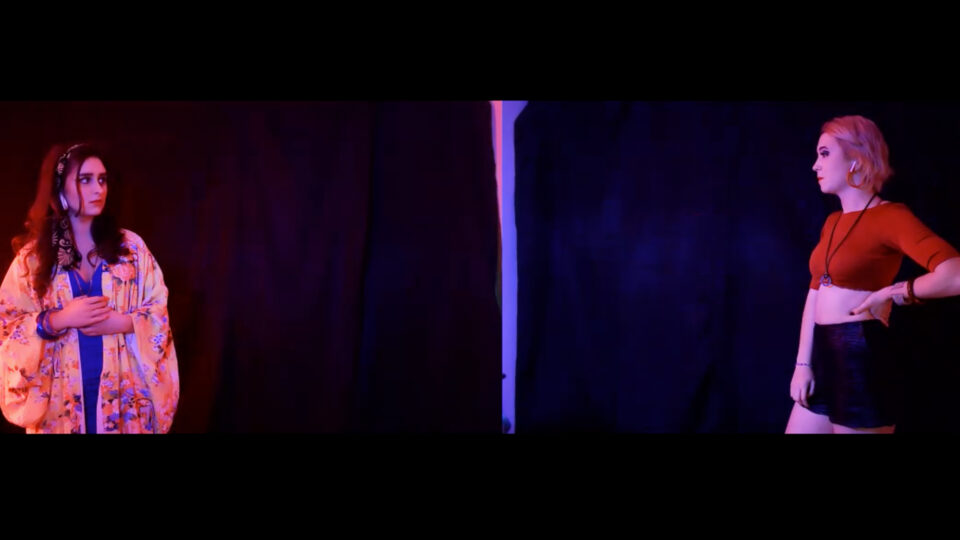Radiance, by M.F.A. in Playwriting candidate Gursimrat Kaur, weaves together a complex cast of characters whose lives thrive and collapse with and against each other. Set in a developing city fraught with corruption and economic growth, this play balances various important aspects, themes and plot lines in order to portray the depth of each character. Leading up to this weekend’s virtual performances of Radiance as part of UTNT (UT New Theatre), Kaur delves into some of these important aspects, including the creation of her developing city, the building of relationships and the metaphors that shine throughout the script, as well as how the play has been transferred to an online setting.
As you’ve voiced before, the location and setting of Radiance is very important to its storyline. Can you talk a little more about developing this city? What were your inspirations? What do you think the city represents?

The location was actually the last thing to go on the page after the completion of the first draft, and yet the most important one. It was important for the play to be set in a place that doesn’t feel like home—that’s constantly active. A place that feels like a labyrinth in which people can get lost. It also had to be a in the midst of development so that no one is really aware of the rules or how to navigate it. A place where corruption is rampant, there are underground brothels and a clear-cut systemic hierocracy which the characters are trying to break out of.
I was aware that places like these exist in the world, but honing in on the specific location and setting was a goal during the development of the play. We took inspiration from developing cities around the world. Mumbai, India was a city that immediately popped up since it is the center of India’s recent economic growth but is also a sprawling, chaotic metropolis and home to all kinds of people from all kinds of places. The city really represents a promising new future for some characters and a scathing trap for others.
One compelling aspect in your script is the complex and varying relationships between the characters, which intertwine and collide throughout the play. How did you go about creating and discovering these relationships?
I wanted this play to be very much an ensemble piece, telling a collective narrative. The way that the play is structured is that each character’s storyline is woven like a braid with the others. Additionally, I am obsessed with the idea of self-determinism and the theory behind the phrase “pull yourself up by your bootstraps.” My first instinct was to create characters who either embrace this idea or opposes it and see what happens when they are put in the same space. I wanted to look at how that dynamic might work and explore how moral contradictions would affect social interactions and romantic relationships. To me as a writer, the most fascinating thing is complications and contradictions. The more contradictions there are between characters, the more vivid and compelling the story is.
Can you talk a little bit about the relationship that you find most compelling? What do you think this relationship says about the characters and the world that they live in?
I find Dina and Laura’s relationship pretty compelling. Our most intimate relationships are with our family and while Dina and Laura are bickering sisters, their dynamic with one another is the most human. The jealousy, the outrage, the resentment and the co-dependency all sore high in their scenes. And though you might become exhausted by their fraught relationship by the end, you will never judge their actions or motivations. That’s the beauty of this piece – each character has his or her own philosophy about life and no one is “wrong,” just contradictory to the other.
There are also a lot of motifs in this work, including the contrast between light and darkness as well as Dina’s garden. Can you share a little bit about what those mean in context of the play?
Dina is as gentle as anyone could possibly be, represented by her tending the garden, and at the same time there is great violence in her. She is someone who is incapable of defining herself or doesn’t feel she could or should. She is living in a world that makes it difficult to discover, accept or define who she is. That kind of character who has so many contradictions taking place within her is rich for a writer. I could externalize these characteristics by representing metaphors, like her candles and the darkness she keeps herself in. Ultimately, we also witness the change when she opens her curtains to let the light in when she thinks she has found love.

The play heavily consists of images, symbols and ideas that are not explicitly stated but are metaphorically represented. The planting, the gambling, the trading and the light and darkness are all metaphors planted in the story to display a specific idea. How they’re related and what they mean is up to the audience to ponder and decide once they reach the end of the play. My attempt in designing the play in this way was to have the audience actively participate in exploring the themes and morals in the story rather than having the playwright preaching the message to them. Whether it’s understanding why the trade market is merged with the nightclub on stage as the merchants bargain from the same raised platform that Aria dances on (creating a symbolic, unequally balanced scale) or the mirroring of Aria and Stanley’s relationship with that of Dina and Judd’s.
What are you most excited about audiences seeing or experiencing when they watch Radiance?
I’m most excited about the audience experiencing this play virtually. I think the team has really out done themselves by blocking this play online and I’m thrilled to see how that translates. I also want the audience to think of the characters in three dimensions while watching – I want them to have empathy. I also want them to think about engaging more with where we are culturally.
Radiance
Presented as part of UTNT (UT New Theatre)
March 31 and April 2, 2021
TICKETS

